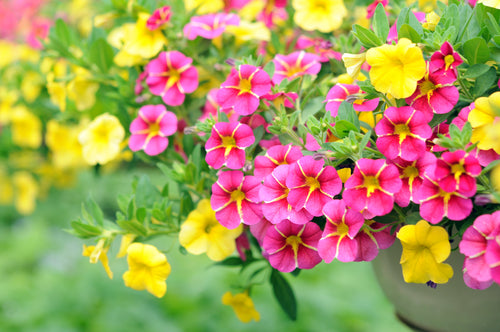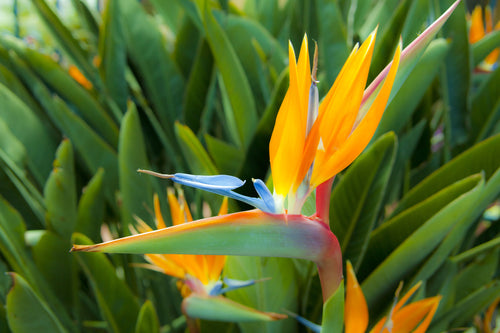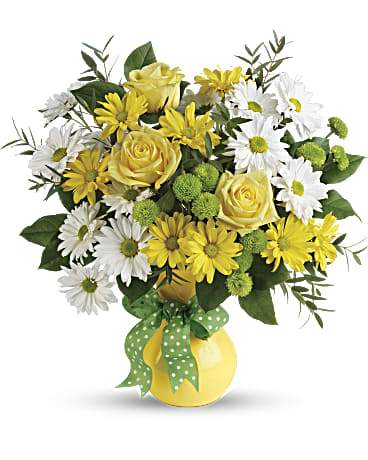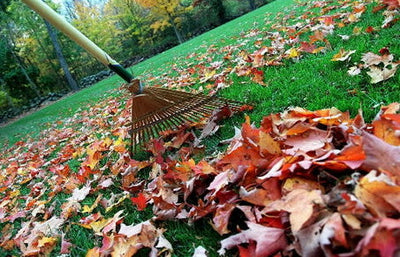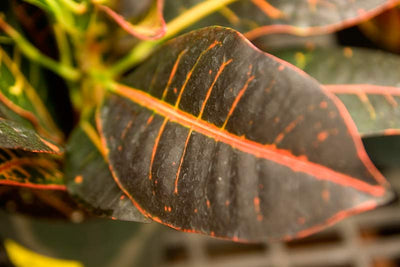Forcing branches allows us to enjoy a burst of color and brighten up our homes in the middle of winter with materials from our own garden.
We all keenly await the arrival of spring in those cold and dark winter months, and although we cannot change the seasons, we can enjoy a taste of spring in our homes. Forcing branches is very simple, requires little input, and is very rewarding.
There is something most exciting and rewarding about watching branches come to life, gradually unfold and display their hidden beauty. Every branch has its own unique beauty and appeal.
Early-blooming deciduous trees and shrubs are used for forcing as the buds on these plants have already developed prior to the onset of winter. When trying to distinguish between buds, note flower buds are larger and plumper than leaf buds. Fruit trees have their flower buds on spurs, which resemble short knobby branches.
It does not have to be solely flowers that are forced; leaves, buds, and catkins are equally attractive. Some species might have more than one desirable trait.
Red maple offers a vibrant display of leaves and flowers. Hazelnut delights with little catkins. Honeysuckle and lilac offer fragrant flowers. Birch has graceful weeping branches and pussywillow has soft fuzzy buds.
There is a wide range of plants that are suitable; however, some will break dormancy more readily than others. If you are new to forcing, I would recommend starting with some reliable favorites like forsythia, Cornelian dogwood, red maple, or pussywillow. All these experience bud break in a short period of one to three weeks.
As a general rule, the later in the season, the more developed the buds, and the shorter the forcing period as buds are nearing their natural bloom time. Plant species also affect this time period, with some species taking four to five weeks to break, including crabapple, quince, cherry, and buckeye.
Always be informed of each plant species’ dormancy requirement to avoid disappointment. This will dictate which plants can be collected in January and which need until February or March to ensure successful forcing.
Always seek out healthy material with the most developed buds. Be aware, you are now pruning your shrub, so be mindful not to damage the structure or health of that plant. You do not want an unpleasant surprise once your plants leaf out again.
The ideal day to collect branches is when temperatures are above freezing. Bring cut branches indoors and submerge these in warm water. If collecting in freezing temperatures, submerge branches in cold water for a day to avoid shock prior to the warm water.
Warm water has less oxygen in it than cold water, and it is crucial to ensure no air pockets enter the stems. Air pockets within stems will disrupt the uptake of water and therefore the success of the blooms.
Make a fresh, clean, slanted cut on the stems, an inch above the original cut, while the stems are still underwater. Split the base of the stem to further aid water uptake and mist branches regularly thereafter to avoid buds drying.
You can make your arrangement and have it indoors immediately to enjoy from day one, or you can keep the materials in a cool area until the buds break. Always ensure that branches have ample water and are kept out of direct sunlight. Indoor arrangements can be placed somewhere cool at night to extend their life span.
Changing the water regularly will avoid any buildup of bacteria. Ensure that stems stay wet during water changes to avoid air uptake. Preservatives serve to further prolong the longevity of the branches, and these can be purchased or homemade.
So sit back, relax in the comfort of your warm home, and await the beautiful display of color, reassuring us that spring is indeed on its way.



